What happens when you wake up with $70 million in the bank and a tattered reputation? If you’re Martin van Blerk, the former head of Pixelmon — the infamous NFT project that spectacularly failed to live up to its promises, enraged swindled community members, and whose floor price tanked as a result — you get humbled.
Before Pixelmon’s fateful February 7 launch this year, van Blerk had done an undeniably fantastic job of building up a mountain of expectations for the project, accruing more than 200,000 Twitter followers in the span of roughly a month. He did this mainly by promoting the idea that Pixelmon, an open-world MMORPG in the tradition of the much-beloved Pokemon IP, would be the first AAA game in the NFT space.
Disaster soon struck. When the project was minted, community members paid an average of roughly 3 ETH each for the 8,079 NFTs in the collection, and van Blerk had amassed 23,000 ETH in total — worth more than $70 million at the time. Fast forward to the Pixelmon art reveal two weeks later, and community members were met with amateur artwork, glitchy designs, and a character so hilariously absurd that it became known simply as Kevin.
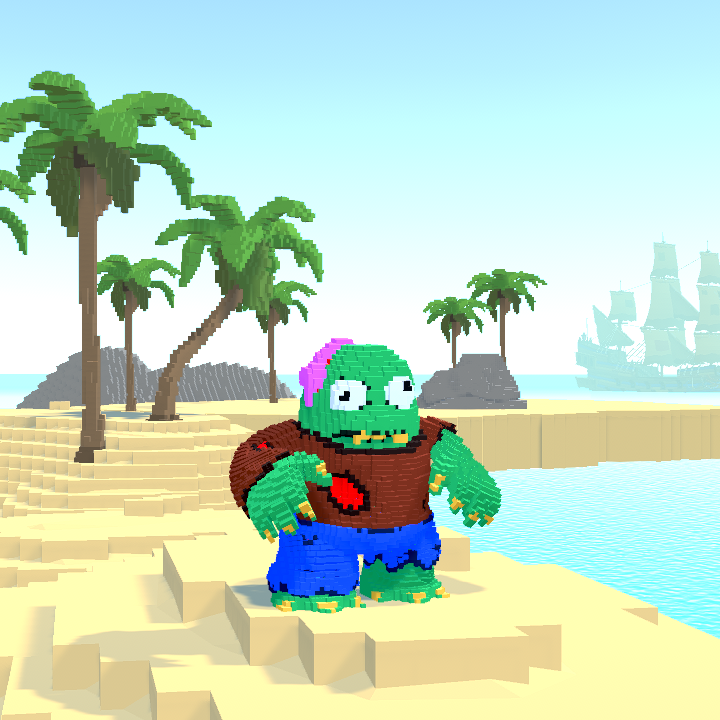
Pixelmon seeks a new way forward
The backlash on Twitter and in the project Discord was severe, with community members accusing the Pixelmon team of doing a rug pull. There were also accusations that he took funds from the project to go on a blue-chip NFT shopping spree that saw him acquire Bored Apes, Azukis, CloneX, Invisible Friends, and others. Eventually, the Pixelmon founder admitted he was in over his head, but promised to do good by the community and see the AAA game he’d promised through to completion. Few, if any, believed he could pull it off.
Keeping a low profile in the immediate aftermath of the catastrophic February mint, van Blerk reached out to potential partners to see if there was a way forward for the project. That’s when he came across Giulio Xiloyannis, Co-Founder of the Web3 VC studio LiquidX and the person who would eventually become the new Pixelmon CEO.
“In February 2022, LiquidX was a concept more than a reality,” Xiloyannis told nft now in an interview. “It was incorporated. We knew we had backers. But the reality is we weren’t even in the process of fundraising for it without finding a target project.” Xiloyannis brought more than a decade of investment banking experience to LiquidX, which gave him a ground-level view of the power of blockchain gaming to change people’s lives.
“I’ve been a big believer in [the potential of ] NFTs and blockchain in games,” Xiloyannis explained. “One of my previous companies was affected indirectly by what happened with some of those games. We saw dozens of our customer service agents in the Philippines, where we had a large customer service center, resign. They said, ‘I’m going to play video games.’ That’s when play-to-earn hit my radar because resignations are rare in that market, especially during the pandemic.”
“We’re not willing to work with someone who would have rug-pulled if he’d had the chance.”
Giulio Xiloyannis
Xiloyannis and fellow LiquidX Co-Founder Kendrick Wong sought projects in the GameFi and metaverse space that required operational support. After considering several options pooled from Web3 analysts and influencers, the two ultimately decided to hop on a call with van Blerk and his advisor, who had been seeking help through institutional channels like VC firms. It was Pixelmon’s only real option, since support from Web3 community members was understandably less than forthcoming.
“[Kendrick and I] both joined the call skeptically,” Xiloyannis recalled. “We did the most basic due diligence and said, ‘We’ve heard the news about this project. Are you willing to show us the wallets?’” When van Blerk obliged, sending them the Etherscan links to back it up, Xiloyannis saw that there was indeed over 23,000 ETH available in project funds. “At which point, I decided to get to know Martin a little better,” Xiloyannis recalled. “In a market where everybody thought that Pixelmon had no funds because they’d been rugged, we knew it had funds. So, we knew that there could be an opportunity there.”
The risk in new leadership
But deciding to manage the Pixelmon project presented a significant risk for the LiquidX founders. Xiloyannis wanted to ensure the project wasn’t just a significant trade-off in terms of a value bet — it needed to be something the company was willing to believe in and back for years into the future.
“We’ve both been around the block a few times,” Xiolyannis explained of his and Wong’s entrepreneurial backgrounds. “We’re not willing to work with somebody who would have rug-pulled if he’d had the chance. So, with that in mind, we decided to get to know [van Blerk] and the project a lot more. It was a process.”
That process began at the end of February, and by the end of March, Xiloyannis decided Pixelmon was something LiquidX could take on. The gameplay possibilities are immense, he emphasized to his cofounder, and a play-to-own dynamic with creature NFTs could form the basis of a new, creator-driven gaming economy.
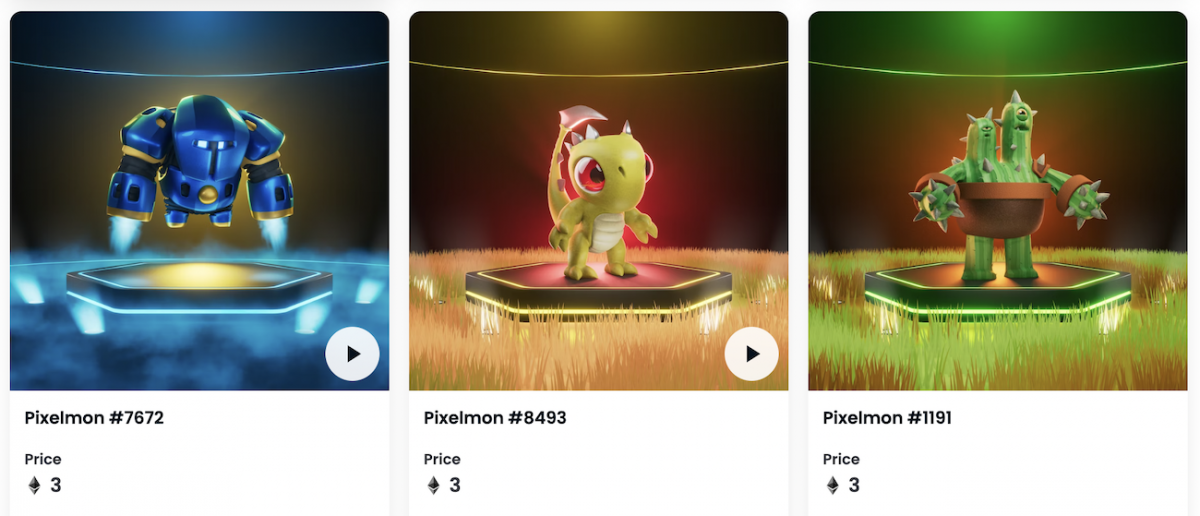
But Xiloyannis still needed to learn more about the 20-year-old van Blerk. He began to speak with his family, hopping on calls with his father and getting to know the person behind the rug-pull reputation.
“I realized two things,” Xiloyannis said of the Pixelmon founder. “He was a very strong creative mind and hard worker but he was too young to have to shoulder the size of the task, especially given the success of the mint. The story of Martin is a story of somebody who, if he had done a smaller NFT mint, would have probably grown personally into being able to lead a small project into becoming medium-sized and then big over time. And who knows, from there, maybe grown beyond that, if he’d received other funding and coaching.”
The LiquidX founders wanted to be able to believe in van Blerk’s abilities to execute the project’s comeback, but they simply couldn’t. Xiloyannis believed in the solidity of the young man’s ethical compass. Still, as van Blerk had himself admitted previously, he was just too out of his depth to make good on the project’s promises. So, Xiloyannis decided to step in and make it happen himself.
“That was the hardest decision, actually, from LiquidX’s point of view,” Xiloyannis said. “Whether I would go and lead this personally on an operational basis, for a couple of years at least. We looked at the potential of what we could build with, at that point, 50 [million] plus in the bank, as ETH has gone down a bit since February. By that point, we had convinced Martin to convert them to USDC. We were very categoric — no algorithmic coins. In the end, I took the leap.”
Rebuilding the Pixelmon community from the ground up
Last week, LiquidX Studio officially announced that it had taken over leadership of the project, having acquired a 60 percent controlling stake in the company. The announcement comes after months of Xiloyannis taking to the project Discord every day to rebuild trust in the project.
“This space believes a lot in big actions, big announcements and stuff like that,” Xiloyannis elaborated on the build-back. “I don’t think you could come back from Pixelmon that way. The project had to go to a completely different level of trust building, [which was] the slow and steady, building a relationship with the community.”
Xiloyannis decided to try something simple but effective. He created a channel on the 35,000-strong Discord server called “Ask The CEO” and devoted three hours of every day to going in and addressing community concerns and questions. “I’m going to come in and answer anything,” Xiolyannis said of the decision and following experience. “And I did that consecutively for four months. Then, I started speaking to them through AMAs and voice chat. Even today, I come in and I answer that chat for 15 minutes every day.”
Engaging a community that has been rug-pulled hasn’t always been a pleasant experience, Xiloyannis noted.
“If we let this sit in the current negativity for two and a half months, there’s no community left at the end of it.”
Giulio Xiloyannis
“To face a Discord community of over 30,000 people that are angry on a daily basis — they don’t know who you are, and they’re rightfully going to raise their concerns with strong tones,” Xiloyannis recalled. “That was humbling.”
However, those outreach efforts could pay dividends. Anyone who spends time in the project’s Discord might notice an atmosphere of community optimism. Questions remain about the project’s marred history in the Discord’s channels but, to LiquidX’s credit, community members routinely respond with enthusiasm. For example, a server search of the term “trust” yields a fascinating record of community conversations that slowly evolve from hostile, to skeptical, to downright hopeful.
Xiloyannis attributes this change to two things: the team’s focus on consistency and transparency, even while van Blerk and LiquidX were finalizing the paperwork for the acquisition. “We said, if we let this sit in the current negativity for two and a half months, there’s no community left at the end of it,” Xiloyannis said of the need for urgent action. “So, well before we had completed any documentation [for the acquisition], I took a leap, and I started addressing the community, saying I’m the new leader of this project.”
With van Blerk’s help, Xiloyannis then implemented a multi-sig wallet setup where his signature would be crucial to any transactions. Xiloyannis credits van Blerk for allowing him to do this quickly and without too much paperwork, an act that further led him to believe this was an individual he could trust.
“I think the consistency of tone is what turned the Discord tide,” Xiloyannis continued. “Beyond that, our thinking is don’t overpromise, just overdeliver. That’s why we’re so transparent with our wallets. Even when I move some money from any wallet to fiat, when I do an off-ramp, I alert the community before doing it.”
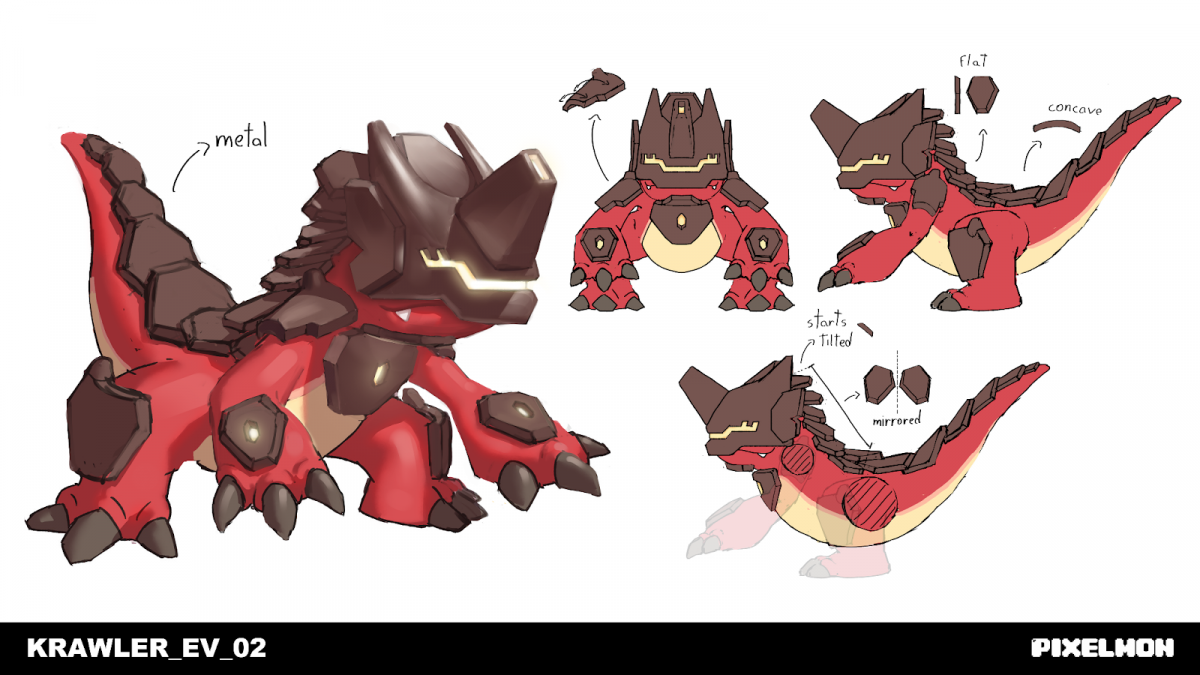
The complete revamp of the collection’s artwork, courtesy of Pixelmon’s new lead 3D artist Cosmo Midias, has also done wonders for the project. As have live Twitch streams with Xiloyannis and Midias, walking community members through the process of creating these characters. “Something that I’m realizing now is that [the community] loves that they get to see the inner workings of game development,” Xiloyannis explained. “And the more technical we go, the more interested they get.”
Martin van Blerk also had a role in redesigning the collection’s artwork, which the company rolled out in early August. Xiloyannis hired new artists for the task and asked Martin to sit down and conceptualize the new creatures. The concept artists then sketched out his ideas, and the 3D art team built them. “It was important to him,” Xiloyannis said of van Blerk’s involvement in the redesign. “He saw art as his failure, in a way, and his redemption was being part of the new art process.”
LiquidX has also brought on talent from gaming industry heavy-hitters like Microsoft, Ubisoft, and Riot Games. They’ve also tapped Hong Chan Lim, the lead character artist at Blizzard Entertainment who worked on Overwatch 1 and 2, to design their next airdrop.
Taking Pixelmon into the future
LiquidX’s next focus is on delivering the long-awaited Pixelmon game to the community, which the firm says will include a play-to-own model that also features a free-to-play option to support mass adoption. “Building a game is a long process, and NFT communities are not very patient,” Xiloyannis said of the timeline with which they’re working. “So, what we realized early on is that we needed to play two things in parallel. We needed to gamify the NFT holder experience while building a game.”
They achieved this by introducing gasless soft-staking to the Pixelmon economy, which rewards users who register their wallet and Pixelmon on a front-end interface that periodically confirms the NFT’s presence in the wallet. Unlike a hard-staking contract, which takes the asset from a holder, users get to keep theirs. So long as they soft-stake, they’ll earn a statistic called “Affinity.”
“I don’t think there’s anything I can say to change their minds. There’s only something I can do.”
Giulio Xiloyannis
Affinity is important because, after 30 days of soft-staking, holders will receive a Trainer NFT. In the Pixelmon lore, this is the creature companion that trains them and journeys with them throughout the in-game environment. If holders then soft-stake their Trainer NFT for 30 days, they’ll receive the right to claim the 3D source files behind the Trainer with each piece of gear that comes with it. Once the Trainer and Pixelmon have been together long enough, that will trigger the next stage in that Pixelmon’s “evolution,” which further incentivizes community members to hold.
“The average MMORPG takes around seven years to build,” Xiloyannis said, underscoring the LiquidX team’s challenge in building the game. “We don’t have seven years, so we decided to split the game into different instances so that each is actually a separate file that can be played on its own. Ultimately, we can bring them back together into one file.”
Taking place in a world called Nova Thera, these game instances will range from the social, where players can roam and speak to one another, to the exploratory, involving open-world wandering, to a combat-based experience (known as Battle Arena) that lets users fight with their Pixelmons.
The LiquidX team hopes to start alpha testing the game in early 2023, with internal testing scheduled to take palace in the second half of December this year.
The project’s future holds far more work
What happens in the next year with the Pixelmon project and community could prove to be a litmus test for how the Web3 world decides it wants to approach issues like condemnation, understanding, and forgiveness when it comes to individuals and organizations that do wrong by their communities.
Therein lies the great challenge. In the last few months, LiquidX has done a remarkable job turning the project from a dead-in-the-water rug pull to a dynamic and growing ecosystem with promising community reception. But the struggle isn’t over yet for Pixelmon: Goodwill can always be lost again, which means the firm must continue to give its best before it can rightfully claim its spot amongst recovered projects like Pudgy Penguins and DeGods that have rescued themselves from collapse. The cusp of a comeback is an inspiring yet precarious place to be. Luckily for the community, this is something that Xiloyannis seems to appreciate.
“I don’t think there’s anything I can say to change their minds,” Xiloyannis offered as a response to critics who still hold the project suspect. “There’s only something I can do. I think too much was said in January and February already. It’s not a time for promises. It’s a time for delivering. I can work on this for the next 18 months, taking us to the first alpha of all three [gaming] environments. And at that point, there will be a lot of people that wish they had bought a Pixelmon when they were priced low.”
Read More: nftnow.com





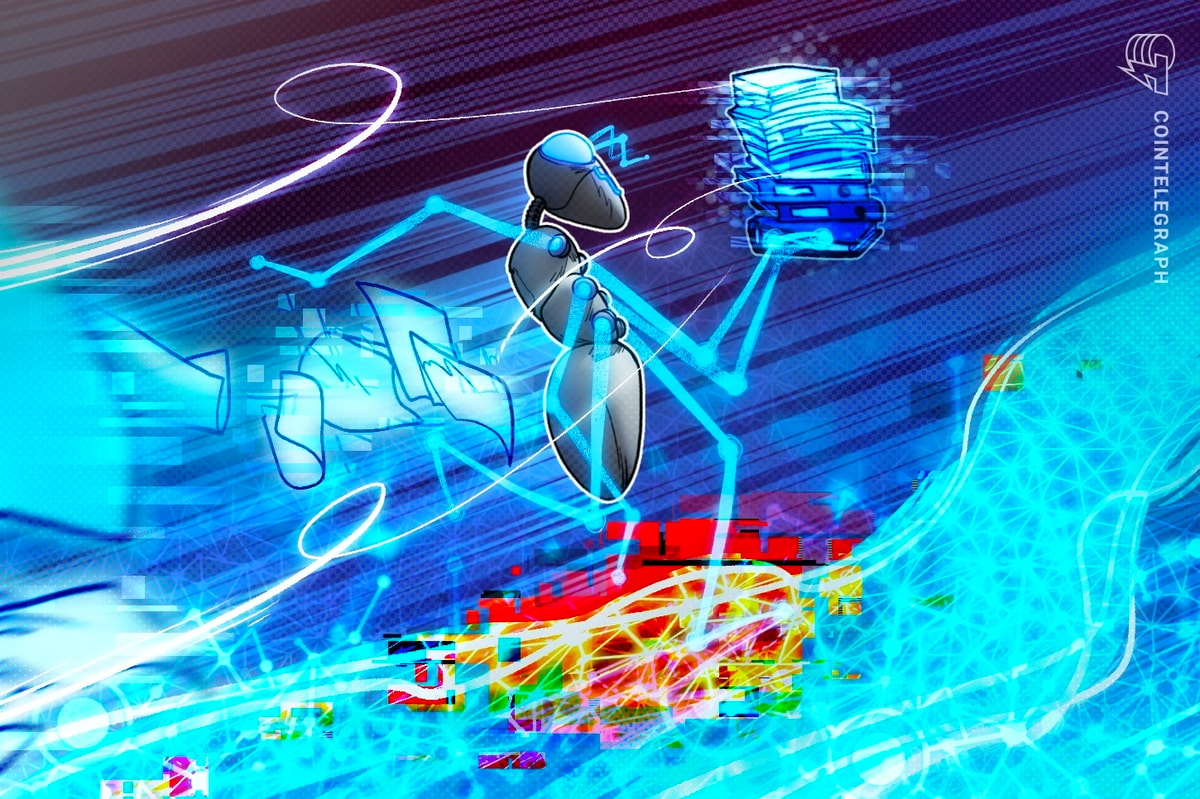
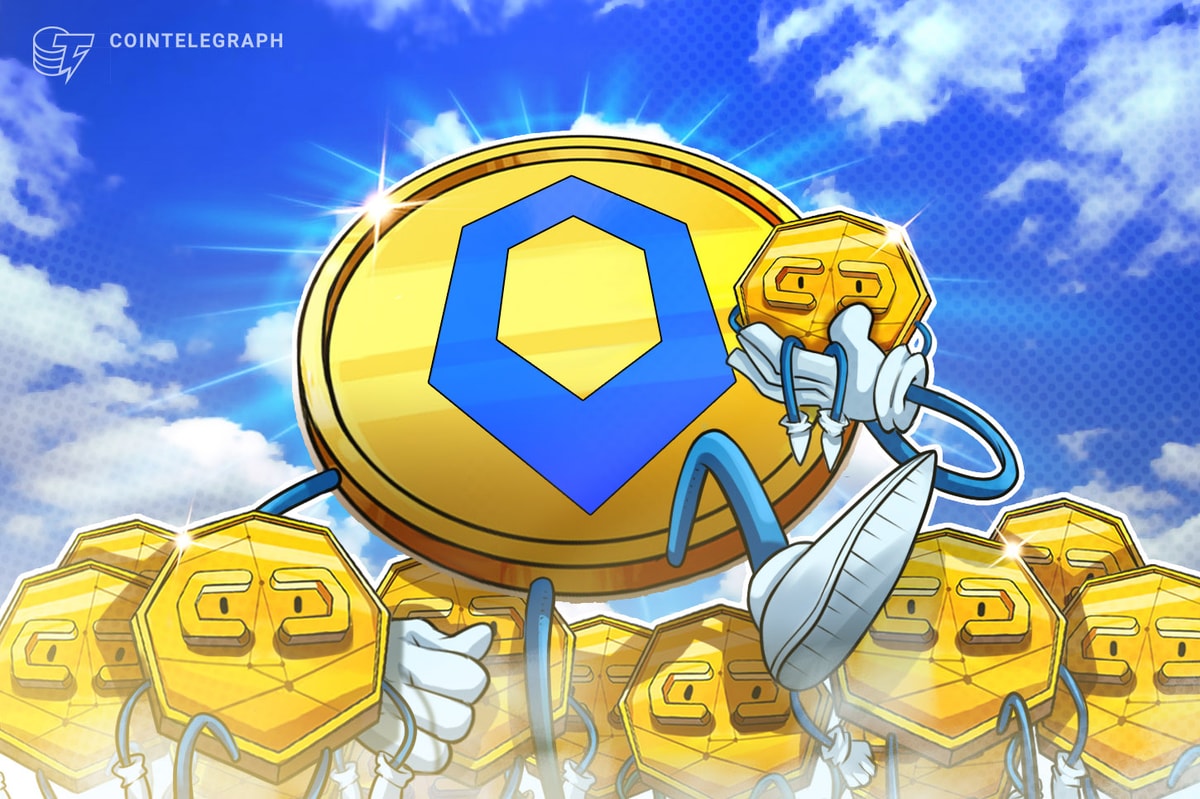
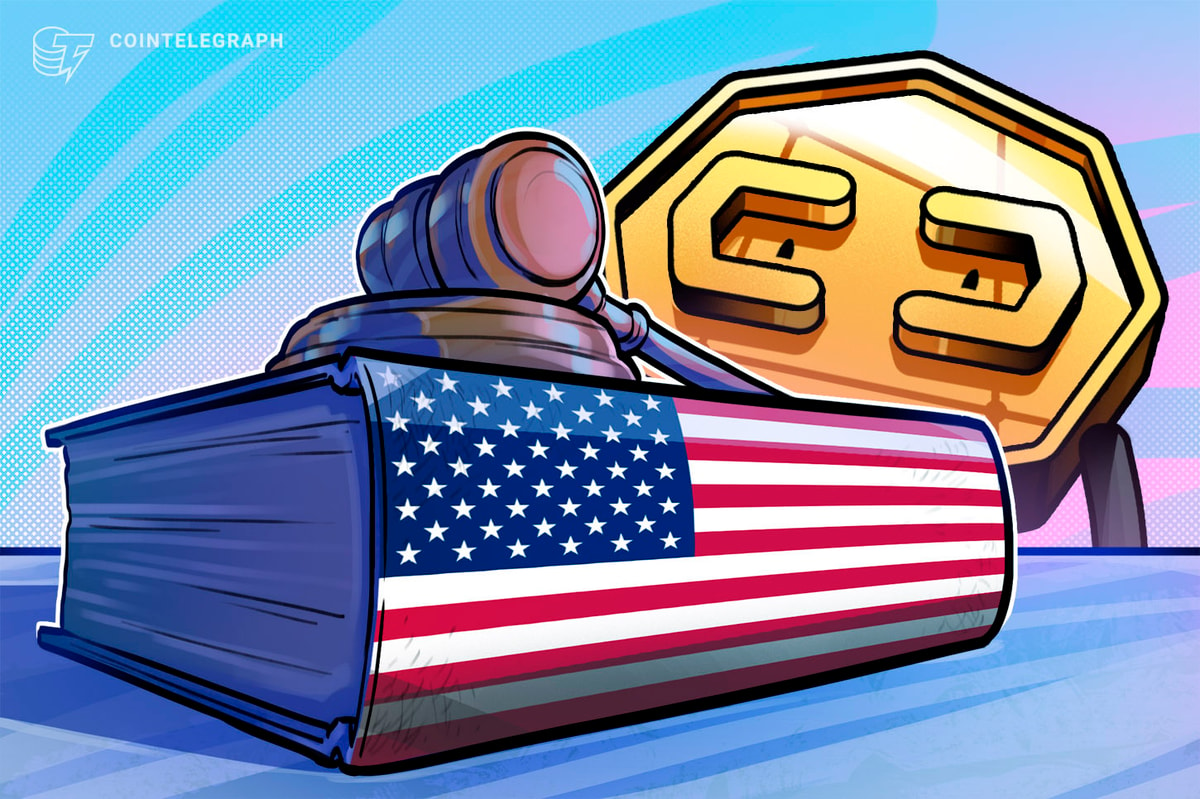


 Bitcoin
Bitcoin  Ethereum
Ethereum  Tether
Tether  XRP
XRP  Solana
Solana  USDC
USDC  Cardano
Cardano  Dogecoin
Dogecoin  TRON
TRON  Lido Staked Ether
Lido Staked Ether  Wrapped Bitcoin
Wrapped Bitcoin  Pi Network
Pi Network  LEO Token
LEO Token  Chainlink
Chainlink  Toncoin
Toncoin  USDS
USDS  Stellar
Stellar  Wrapped stETH
Wrapped stETH  Hedera
Hedera  Shiba Inu
Shiba Inu  Avalanche
Avalanche  Sui
Sui  Litecoin
Litecoin  Bitcoin Cash
Bitcoin Cash  MANTRA
MANTRA  Polkadot
Polkadot  Ethena USDe
Ethena USDe  WETH
WETH  Bitget Token
Bitget Token  Binance Bridged USDT (BNB Smart Chain)
Binance Bridged USDT (BNB Smart Chain)  Hyperliquid
Hyperliquid  WhiteBIT Coin
WhiteBIT Coin  Wrapped eETH
Wrapped eETH  Monero
Monero  Uniswap
Uniswap  sUSDS
sUSDS  Dai
Dai  Aptos
Aptos  NEAR Protocol
NEAR Protocol  Pepe
Pepe  OKB
OKB  Mantle
Mantle  Internet Computer
Internet Computer  Ethereum Classic
Ethereum Classic  Ondo
Ondo  Gate
Gate  Coinbase Wrapped BTC
Coinbase Wrapped BTC  Aave
Aave  Tokenize Xchange
Tokenize Xchange